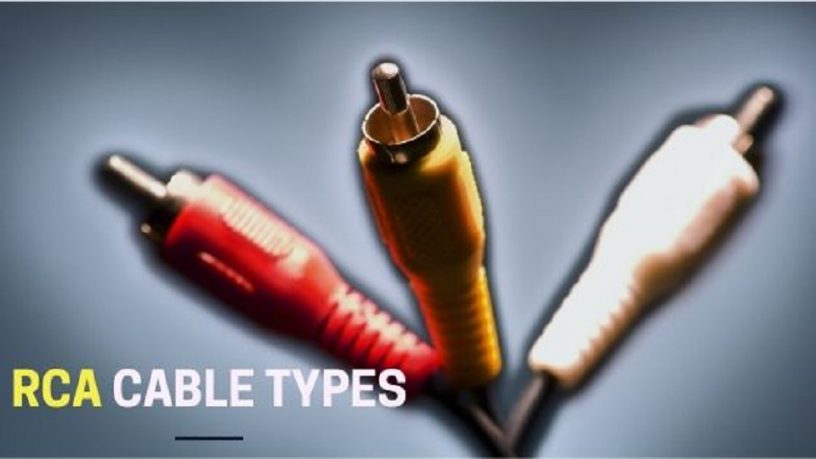Last updated on January 23rd, 2024 at 02:34 am
Updated 19.7.2021
What Does RCA Stand For?
RCA stands for Radio Corporation of America the developer of RCA connectors in the 1940s.
It was also the first company to use cables to transmit audio from phonographs (record players) to amplifiers. As such, the company’s name was attached to the cables as an easy reference for everyone.
RCA cables, especially the yellow, red, and white-colored ones were popular during the heyday of analog video and audio.
They remain so in these days of digital video. Never mind, if HDMI connectors are the talk of the town.
The thing is there is bound to be some device that can’t do without an RCA connection.
In these days of HD video and HDMI, RCA cables may seem irrelevant especially with HDTVs and other AV equipment omitting RCA ports in their equipment. RCA or composite cables can’t support the transmission of HD video.
Equipment with RCA ports can still work with HD video equipment though, through the use of affordable RCA to HDMI converters.
So, we can safely say RCA cables are here to stay for a while more.
What’s the Difference Between RCA and AV?
AV means Audio Visual. An AV cable is any cable that carries video and/or audio signal from one source (VHS /DVD player) and feeds it into another (TV). RCA is also a form ofAV.
More often than not, RCA is referred to as AV although there are other AV cables like S-Video and Component. This is because it’s the most commonly used cable connection used in Audio-Visual equipment
Take for example an AV to HDMI converter. AV here means RCA or composite cables as shown below. There’s the yellow input for video – CVBS (Composite Video Baseband Signal) and white and red inputs for stereo audio.

Are All RCA Cables the Same or Are There Different Types of RCA Cables?
Basically, there are two types of RCA cables – composite cables and component cables.
The composite RCA cables, consisting of one cable for video (yellow) and two cables (white and red) for audio are the most common ones.
They were/are used to connect VHS players, DVD players, and other audiovisual equipment.
The component RCA cables, on the other hand, promise better video quality than composite cables. A component cable has a combination of five cables – three cables for video and two for audio.
Component video cables were popular in the days when they were needed to connect DVD players to flat-screen analog television.
That was the best analog video quality you could obtain back then.
Can I Use Any RCA Cable for Component Video?
Yes, you can use RCA cables for component video. You can use the yellow, red, and white cable to connect component video from one source to another – for example, your DVD player to your TV.
However, most RCA composite cables are not of high quality – you can judge from the thinness of the cables.
Dedicated component RCA cables are thicker and durable and usually come with gold-plated connectors which do a good job in preventing signal loss when transported from one AV source to an AV receiver.
These cables are more expensive than composite RCA cables. But if you’re really interested in video quality through your analog devices, then you would want to choose these specially-made cables.



